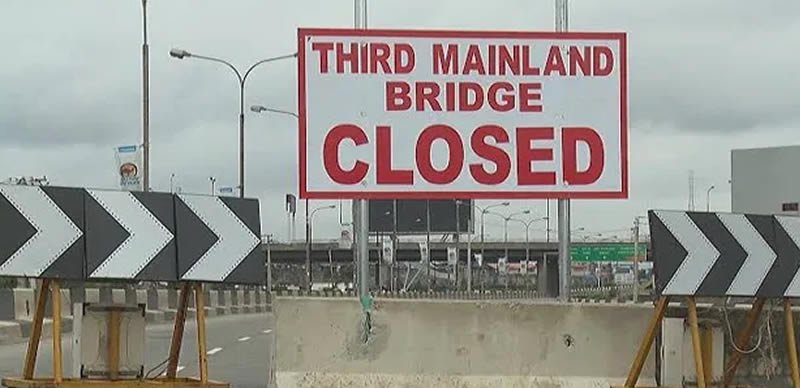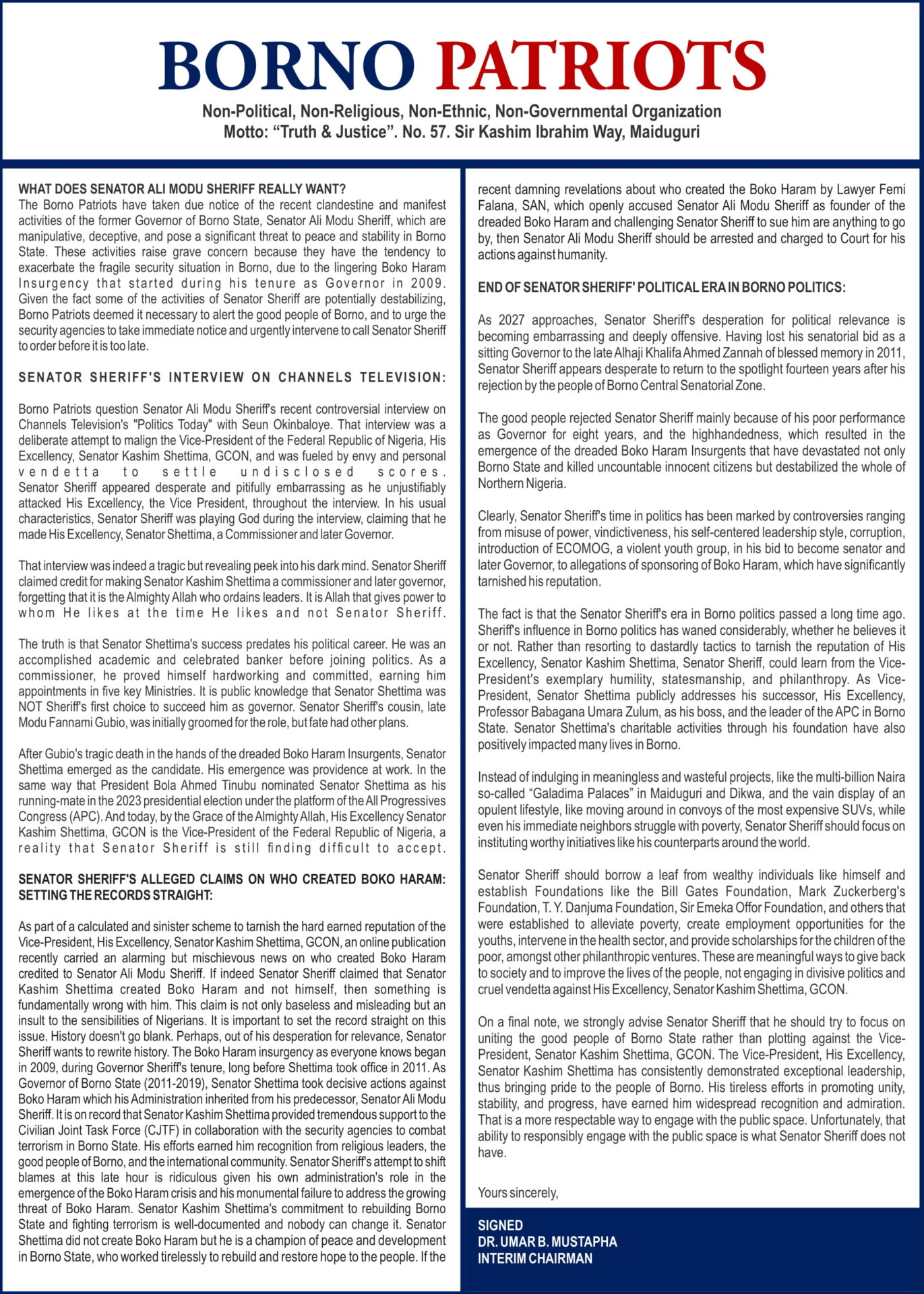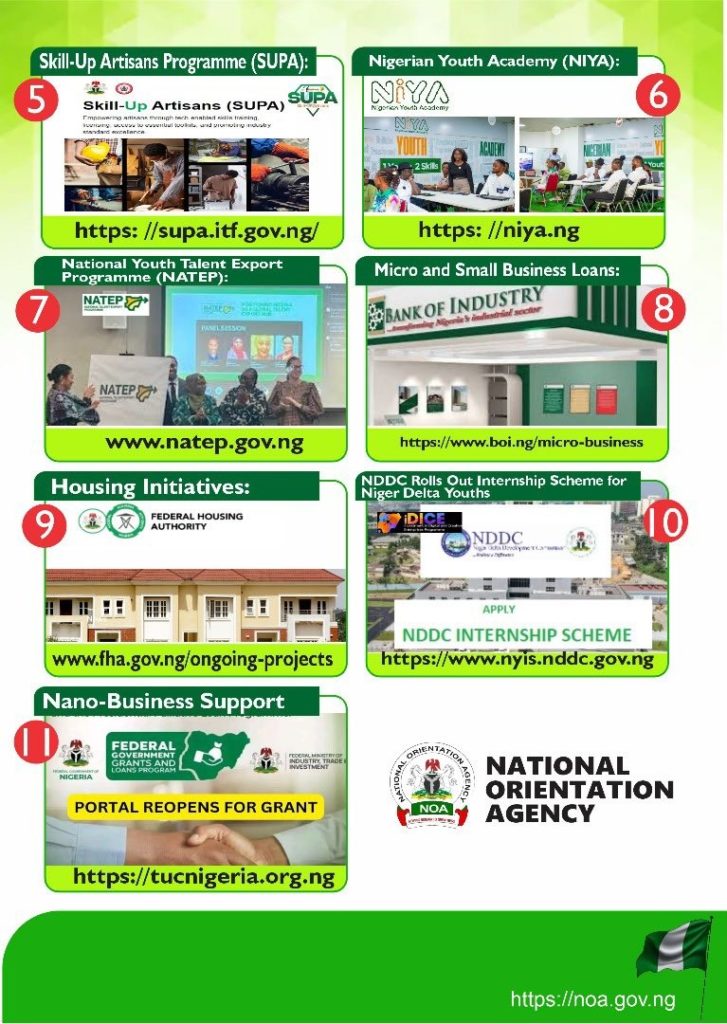THE Federal Government has announced plans for an extensive overhaul of the Third Mainland Bridge in Lagos, allocating ₦3.8 trillion for structural rehabilitation just months after completing ₦21 billion in emergency repairs.
News Point Nigeria reports that the Minister of Works, Dave Umahi, disclosed the plan on Thursday while briefing State House correspondents after the Federal Executive Council (FEC) meeting in Abuja.
According to Umahi, recent underwater and structural assessments revealed serious deterioration to the bridge’s piles and piers, caused largely by illegal sand mining, erosion, and corrosion.
“The rehabilitation is estimated at ₦3.8 trillion, while a complete rebuild would cost about ₦3.6 trillion,” Umahi said.
“We have approval for at least seven specialist contractors to carry out detailed investigations, designs, and bids for both rehabilitation and new construction under an EPC+F arrangement.”
Umahi noted that the findings were similar to those from earlier studies on the Carter Bridge, also in Lagos, where contractor Julius Berger recommended a full replacement estimated at ₦359 billion due to irreparable structural conditions.
Under the new FEC approvals, the government will open bids for public-private partnership (PPP) arrangements and continue discussions with international lenders, including Deutsche Bank, to finance the massive project.
In November 2023, the Federal Government, in collaboration with the Lagos State Government, launched a ₦21.074 billion emergency intervention on the Third Mainland Bridge.
That project included resurfacing, replacement of expansion joints and guardrails, fresh asphalt overlay, solar-powered street lighting, and lane markings.
Umahi explained that while those works improved surface conditions, they did not address the deep structural challenges. He added that previous layers of asphalt had created excessive dead load, making a full structural intervention unavoidable.
Commissioned in 1990, the Third Mainland Bridge remains Nigeria’s longest bridge and a crucial transport artery for over 20 million Lagos residents. It connects the Lagos Island business district with mainland areas, carrying hundreds of thousands of vehicles daily.
Umahi stressed that the expanded scope of works is essential to safeguard public safety and prevent a potential shutdown of the bridge.








